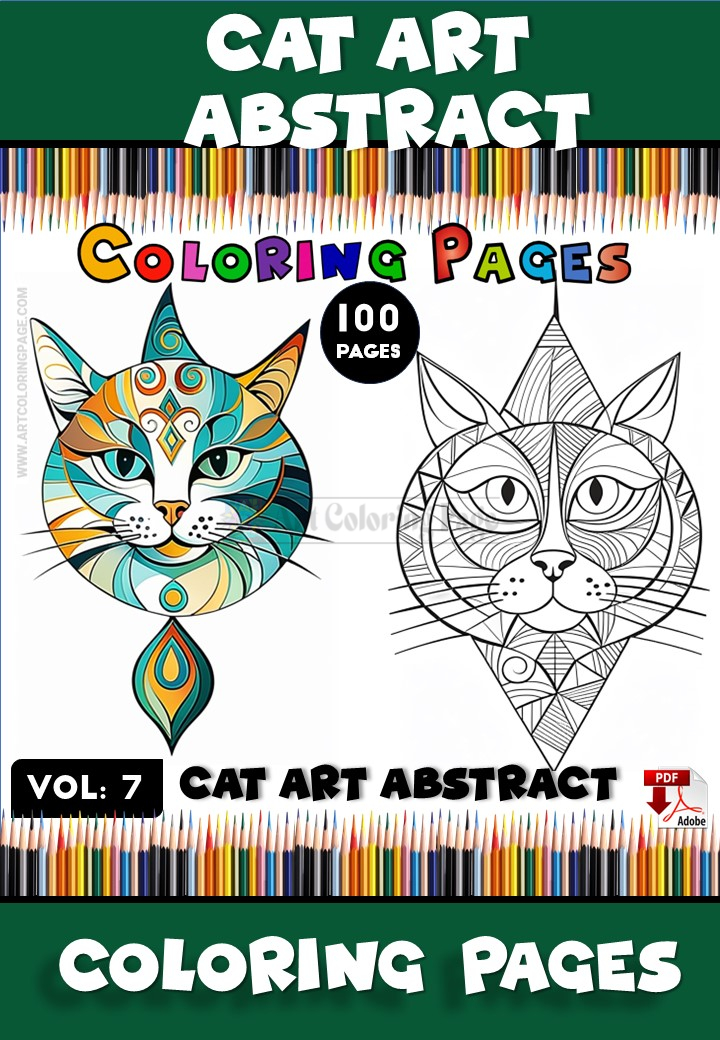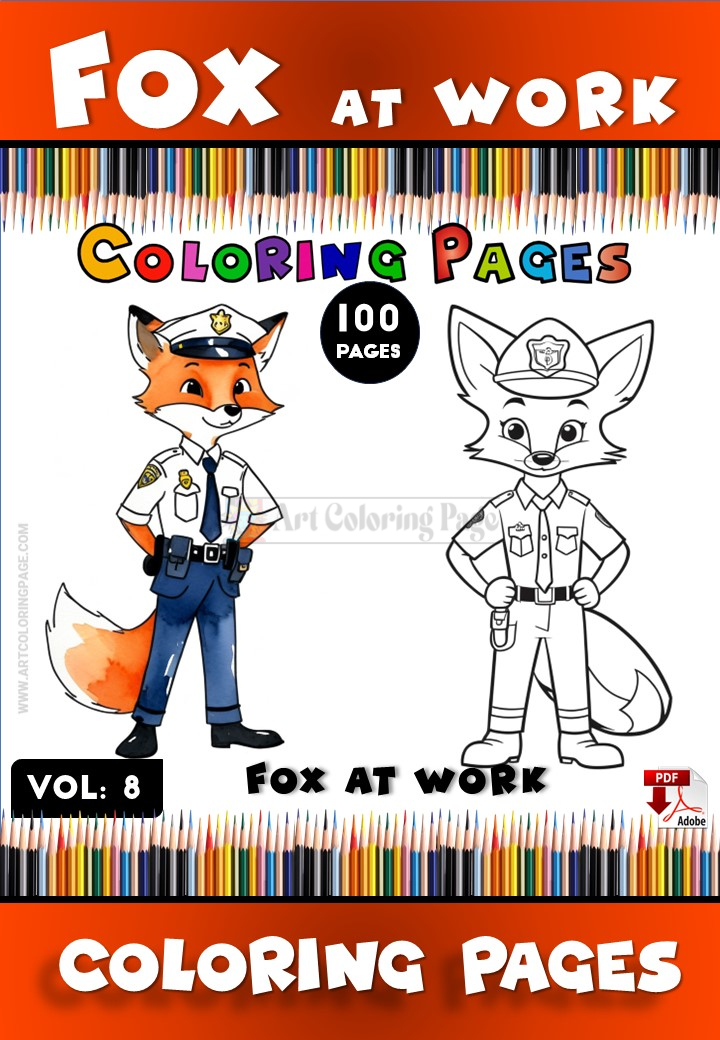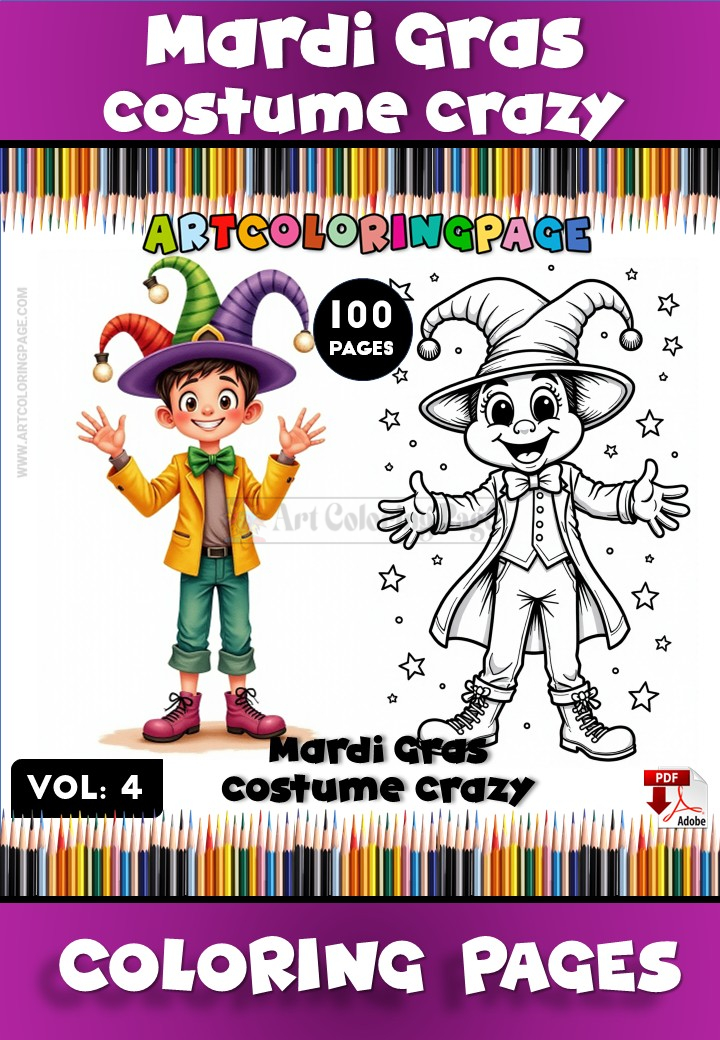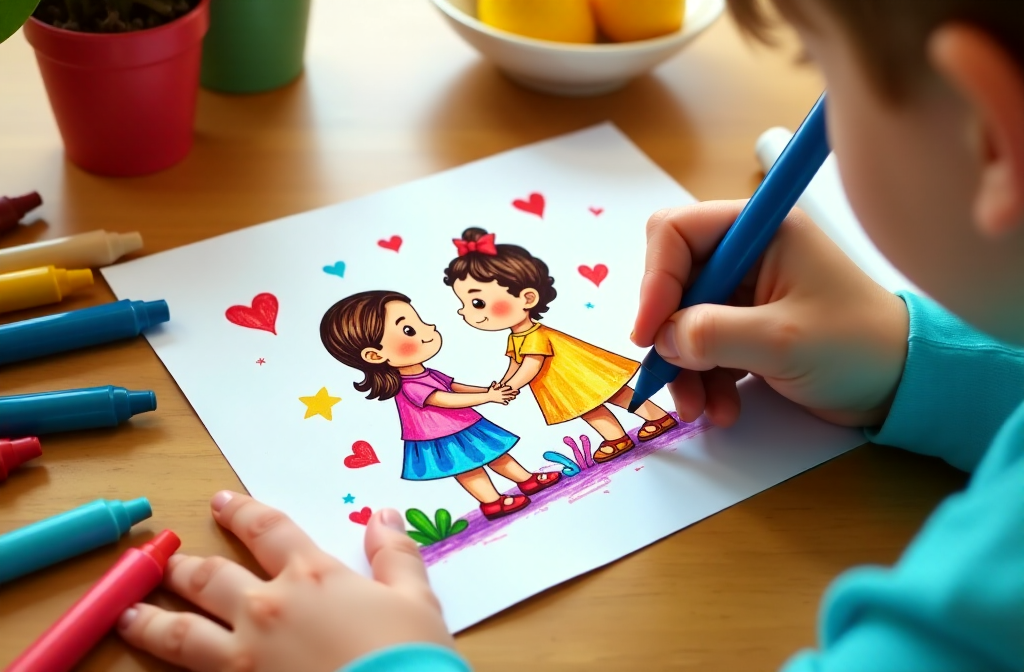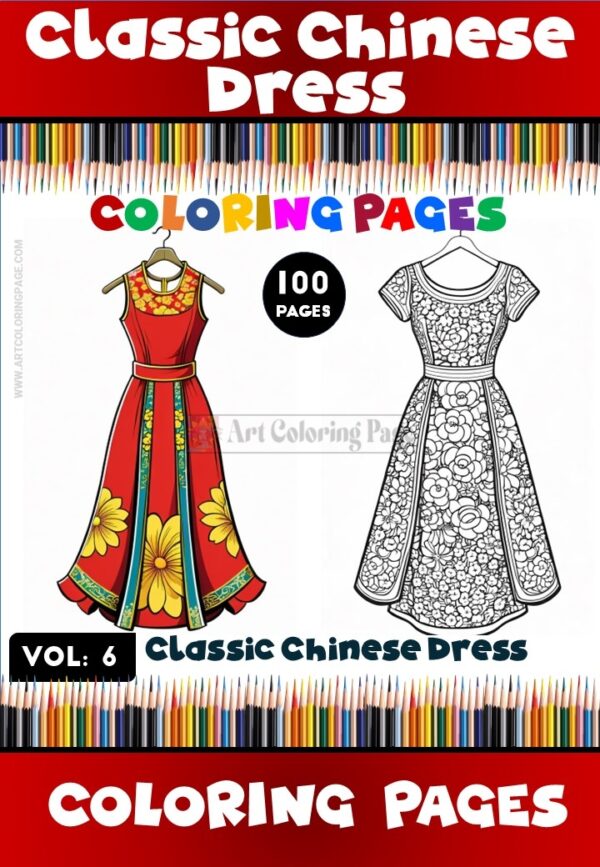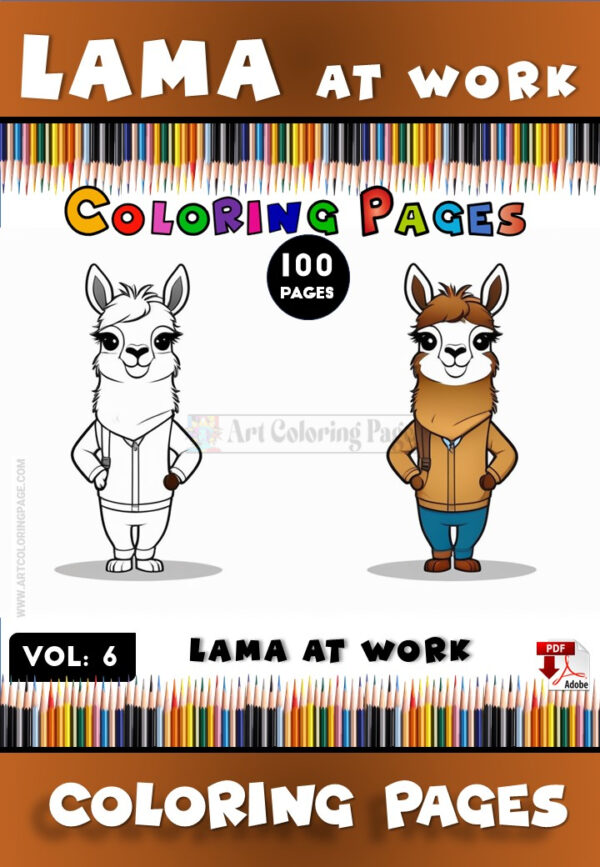Blogs coloring page
How Coloring Pages to Print for children Enhance Fine Motor Skills
The early years of a child’s life are a period of extraordinary physical and cognitive growth, where foundational skills are laid for future learning and independence. Among these, the development of fine motor skills – the ability to make precise movements with the small muscles in the hands, fingers, and wrists – is paramount. These skills are the unsung heroes behind a child’s ability to write their name, tie their shoelaces, button a coat, and interact effectively with their world. While various activities contribute to this crucial development, the simple, accessible, and universally loved act of engaging with coloring pages to print for children stands out as a particularly effective and enjoyable method. This article will provide a detailed exploration of the intricate ways in which coloring activities systematically nurture and refine fine motor skills and the closely related faculty of hand-eye coordination in young children, transforming playful scribbles into purposeful dexterity.
I. Understanding the Foundations: Fine Motor Skills and Hand-Eye Coordination Defined
Before we delve into the mechanics of how coloring builds these abilities, it’s essential to clearly define what we mean by fine motor skills and hand-eye coordination, and why they are so critical in a child’s development.
A. What are Fine Motor Skills? The Art of Precision Movement
Fine motor skills involve the coordinated efforts of the brain, nervous system, and the small muscles, primarily in the hands and fingers, to perform intricate tasks. Unlike gross motor skills (like running or jumping, which use large muscle groups), fine motor skills are about precision, control, and dexterity.
- Key Components: These skills encompass a range of abilities, including:
- Grasp: The ability to hold objects, particularly writing or drawing implements, with varying degrees of control (e.g., pincer grasp, tripod grasp).
- Manipulation: The skill of moving and using objects with the fingers, such as turning pages, picking up small items, or maneuvering a crayon.
- Strength and Endurance: The capacity of hand and finger muscles to perform tasks for a sustained period without fatigue.
- Bilateral Coordination (Fine Motor Aspect): Using both hands together in a coordinated way for tasks where one hand supports or stabilizes while the other performs a more intricate action (e.g., holding paper while coloring).
- Why They Matter: Well-developed fine motor skills are fundamental for:
- Academic Readiness: Essential for handwriting, drawing, cutting with scissors, and using classroom tools.
- Self-Care Skills: Enabling independence in tasks like dressing (buttons, zippers, shoelaces), feeding (using utensils), and personal hygiene (brushing teeth).
- Play and Exploration: Allowing children to engage with toys like building blocks, puzzles, and art supplies, which are crucial for cognitive development.
B. What is Hand-Eye Coordination? The Symphony of Sight and Action
Hand-eye coordination, also known as visual-motor integration, is the ability to process visual information and use it to guide and control hand movements accurately and smoothly. It’s the seamless partnership between what the eyes perceive and what the hands execute.
- Key Components: This involves:
- Visual Tracking: The ability to follow a moving object with the eyes or to scan a stationary object systematically.
- Visual Perception: Interpreting and making sense of what is seen (e.g., recognizing shapes, judging distances).
- Motor Planning: Conceiving, organizing, and carrying out a sequence of movements based on visual input.
- Why It Matters: Strong hand-eye coordination is vital for:
- Precision Tasks: Activities like writing within lines, drawing specific shapes, threading beads, or hitting a target.
- Sports and Physical Activities: Catching and throwing balls, hitting a shuttlecock, or any activity requiring accurate hand movements in response to visual cues.
- Artistic and Craft Activities: Painting, sculpting, sewing, and, of course, coloring.
C. The Interconnectedness: A Dynamic Duo
Fine motor skills and hand-eye coordination are not isolated abilities; they are deeply interconnected and often develop in tandem. Hand-eye coordination provides the visual guidance necessary for the precise execution of fine motor tasks. For instance, when a child colors, their eyes guide their hand to stay within the lines (hand-eye coordination), while their fingers make the small, controlled movements to apply the color (fine motor skills). Engaging with coloring pages to print for kids provides a perfect arena for these two skill sets to practice and strengthen together.

II. The Mechanics of Mastery: How “Coloring Pages to Print for children” Build Dexterity
The seemingly simple act of coloring is, for a developing child, a complex training ground where various components of fine motor skills and hand-eye coordination are systematically engaged and refined. Let’s break down the specific ways coloring pages contribute to this development.
A. Grasp Development: From a Clumsy Fist to a Controlled Grip
The way a child holds a coloring tool is a clear indicator of their fine motor development. Coloring activities provide continuous practice that facilitates the progression of grasp patterns.
- Early Grasps (Palmar Supinate/Pronate): Very young children (around 1-2 years) often start by holding a crayon in a fisted or palmar grasp, using their whole arm to make marks. While coloring pages to print for children at this stage might be more about exploration than precision, the act of holding and scribbling begins the process.
- Transitional Grasps (Digital Pronate): As children gain more control (around 2-3 years), they might move to a digital pronate grasp, where all fingers hold the tool, and the wrist is turned so the palm faces down.
- Mature Grasps (Static/Dynamic Tripod or Quadruped): With consistent practice, often encouraged by engaging with appealing coloring pages to print for children, they develop more mature and efficient grasps like the tripod grasp (thumb, index, and middle finger) or quadruped grasp (thumb and three fingers). The dynamic tripod grasp, where finger movements control the tool rather than whole arm or wrist movements, is ideal for fluent handwriting and detailed coloring. Coloring provides countless repetitions to strengthen the small muscles required for these refined grasps. Offering various sizes and shapes of coloring tools (chunky crayons for beginners, slimmer pencils for more advanced control) can also aid this progression.
B. Enhancing Muscle Strength and Endurance in Hands and Fingers
Just like any muscle group, the small intrinsic muscles of the hands and fingers need exercise to become stronger and more resilient.
- Repetitive Motion: The repetitive strokes involved in filling in areas on a coloring page provide a consistent workout for these muscles. Whether making short, quick strokes or long, sweeping ones, children are actively engaging and strengthening their hand muscles.
- Sustained Effort: Completing a coloring page, especially one with larger areas or more detail, requires sustained effort. This builds endurance in the hand muscles, which is crucial for tasks like writing for longer periods without fatigue in school. The motivation provided by interesting coloring pages to print for children encourages them to persist, thereby enhancing this endurance.
- Varying Pressure: Learning to apply different amounts of pressure with a coloring tool – pressing harder for darker, more vibrant colors or lighter for softer shades – also contributes to muscle control and strength development.
C. Refining Precision and Control: The Art of Staying Within the Lines
The ubiquitous instruction to “stay within the lines” is more than just a rule; it’s a fundamental exercise in precision and motor control.
- Boundary Awareness: The lines on coloring pages to print for children provide clear visual boundaries. Children must learn to control their hand movements to respect these boundaries. This requires careful planning and execution of strokes.
- Developing Controlled Strokes: To color neatly, children practice making various types of strokes – short, long, straight, curved – all while aiming for accuracy. They learn to start and stop their movements at specific points. This control is directly transferable to forming letters and numbers with precision.
- Adjusting to Detail: As children progress from simple outlines to more intricate designs with smaller sections, the demand for precision increases. Coloring tiny details on a character’s clothing or a flower’s petal requires a high degree of fine motor control, pushing their skills to new levels.
D. Sharpening Hand-Eye Coordination: The Visual-Motor Connection in Action
Coloring is a prime activity for honing hand-eye coordination. The eyes constantly provide feedback to the brain, which then directs the hand.
- Visual Guidance: Children must visually scan the area they intend to color, process its shape and boundaries, and then guide their hand to fill that specific space. The lines on coloring pages to print for children act as crucial visual cues.
- Focus and Targeting: Selecting a specific section of a picture to color (e.g., “I’m going to color the hat blue”) requires focused attention and the ability to target that area accurately with the coloring tool.
- Continuous Adjustment: As they color, children continuously monitor their hand movements in relation to the lines. If they see their crayon straying, they must make micro-adjustments to bring it back on course. This constant visual-motor feedback loop is essential for refining coordination.
- Tracking Lines and Shapes: Following the contours of complex shapes or tracing along lines within a design further strengthens the connection between visual perception and motor output.
E. Fostering Bilateral Coordination: Using Both Hands Cooperatively
Many fine motor tasks, including coloring, require the coordinated use of both hands.
- Stabilizing Hand: Typically, one hand (the non-dominant hand) is used to hold and stabilize the coloring page, preventing it from slipping. This supporting role is just as important as the action of the coloring hand.
- Working Hand: The dominant hand performs the intricate task of coloring.
- Integrated Action: The ability to use both hands together smoothly and efficiently is known as bilateral coordination. Coloring pages to print for children provide a natural and engaging context for practicing this skill, which is also vital for activities like cutting with scissors (one hand holds paper, the other cuts), tying shoelaces, and using a knife and fork.
III. The Progressive Journey: Adapting Coloring Activities to Evolving Skill Levels
One of the great advantages of using coloring pages to print for children is their inherent scalability. The complexity of the activity can be easily adjusted to match a child’s developmental stage and current skill level, ensuring continued engagement and challenge.
- For Toddlers and Early Beginners (Ages 1-3):
- Focus: Exploration, sensory experience, basic grasp development, large muscle movements transitioning to some wrist/finger action.
- Materials: Large, simple coloring pages to print for children with very thick outlines and minimal detail (e.g., a large circle, a simple animal shape). Chunky, easy-to-grip crayons or washable markers are ideal.
- Goal: Encourage making marks, exploring colors, and developing the initial hand strength to hold a tool. Staying within lines is not a primary concern.
- For Preschoolers (Ages 3-5):
- Focus: Refining grasp, increasing control, beginning to stay within lines, developing hand-eye coordination, building hand muscle endurance.
- Materials: Coloring pages to print for children with moderately complex images, clearer details, and slightly thinner lines. Standard-sized crayons, triangular crayons (to promote tripod grasp), and larger colored pencils can be introduced.
- Goal: Encourage more deliberate coloring, attempting to fill spaces completely and stay within boundaries. Introduce concepts like coloring different parts of an object with different colors.
- For Early Elementary/Kindergarten (Ages 5-7):
- Focus: Mastering tripod grasp, achieving consistent precision, coloring smaller and more intricate details, experimenting with pressure and basic shading, improving stamina for longer tasks.
- Materials: More detailed and complex coloring pages to print for children, including scenes, patterns, or mandalas. Colored pencils and fine-tip markers become more suitable for the required precision.
- Goal: Develop neatness and accuracy, explore creative color choices, and complete more elaborate coloring projects.
IV. Beyond the Page: Transferable Skills and Long-Term Benefits of Developed Dexterity
The fine motor skills and hand-eye coordination honed through engaging with coloring pages to print for children do not exist in a vacuum. They are foundational abilities that have a profound and lasting impact on various aspects of a child’s life.
A. Direct Impact on Handwriting Readiness and Legibility:
This is perhaps the most recognized long-term benefit. The muscle strength, controlled grip, precise movements, and hand-eye coordination developed through coloring are directly transferable to handwriting. Children who have had ample coloring practice often find it easier to:
- Form letters correctly and legibly.
- Maintain consistent letter size and spacing.
- Write for longer periods without hand fatigue.
- Control the pencil for neatness.
B. Enhanced Proficiency in Daily Self-Care Tasks:
Many essential self-help skills rely heavily on fine motor dexterity:
- Dressing: Buttoning buttons, zipping zippers, tying shoelaces, and managing buckles.
- Eating: Using forks, spoons, and eventually knives with control and precision.
- Grooming: Brushing teeth, combing hair.
Mastery in these areas fosters independence and self-confidence.
C. Improved Performance in Other Academic and Creative Activities:
The benefits extend to other school-related and leisure activities:
- Arts and Crafts: Cutting accurately with scissors, pasting, manipulating clay, threading beads, painting fine details.
- Manipulative Play: Building with LEGOs or other construction toys, completing puzzles.
- Musical Instruments: Playing instruments like the piano, guitar, or violin requires significant finger dexterity and hand-eye coordination.
D. Boosting Confidence and Fostering a “Can-Do” Attitude:
As children see their fine motor skills improve – as they become neater colorers, better writers, or more adept at buttoning their own shirts – their sense of competence and self-efficacy grows. This mastery contributes to overall confidence and a willingness to tackle new challenges.
V. Practical Tips for Parents and Educators: Maximizing the Dexterity Benefits
To make the most of coloring pages to print for children as a tool for fine motor development, consider these suggestions:
- Provide Variety: Offer a wide range of coloring pages with different themes, levels of complexity, and line thicknesses to maintain interest and cater to developing skills.
- Offer Diverse Tools: Make available various coloring implements – chunky and thin crayons, triangular crayons, colored pencils (short and long), washable markers (broad and fine tip), and even paint sticks. Different tools work different muscles and offer varied sensory experiences.
- Ensure Proper Ergonomics: Encourage a comfortable sitting posture (feet on the floor, table at appropriate height) and a good paper position (slightly angled for right- or left-handers).
- Focus on Process, Not Perfection: Emphasize the enjoyment of the activity and the effort put in, rather than demanding perfect adherence to lines, especially in the early stages. Positive reinforcement builds confidence.
- Integrate, Don’t Isolate: Incorporate coloring into other learning activities. For example, color a picture related to a story read, or color a map when learning about geography.
- Observe and Guide Gently: If a child is struggling with grasp, gently guide them or offer adaptive tools if necessary. Avoid excessive pressure, as the goal is enjoyment and natural development.
- Make it Social (Optional): Coloring can be a quiet solo activity or a fun group activity, allowing children to share ideas and learn from each other.
Conclusion: The Enduring Value of Coloring for Dexterous Development
In the landscape of early childhood development, coloring pages to print for children emerge as far more than just a simple pastime. They are a dynamic, engaging, and remarkably effective medium for the cultivation of essential fine motor skills and hand-eye coordination. The journey from a tentative, fisted grip making broad scribbles to a controlled, precise tripod grasp filling intricate details is a testament to the developmental power packed into this humble activity.
By strengthening hand muscles, refining grasp patterns, enhancing precision, and sharpening the crucial link between eye and hand, coloring lays a critical foundation for academic success, particularly in handwriting, and for lifelong independence in daily tasks. The dexterity developed on the coloring page translates directly into a child’s ability to navigate their world with confidence and competence. Therefore, providing children with ample opportunities to engage with well-chosen coloring pages to print for children is an investment in their physical and cognitive development – a colorful pathway to mastering the art of precision and control, one crayon stroke at a time.


